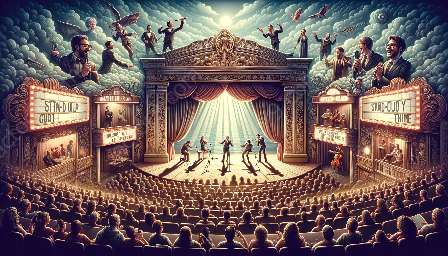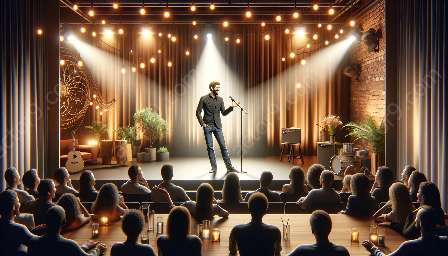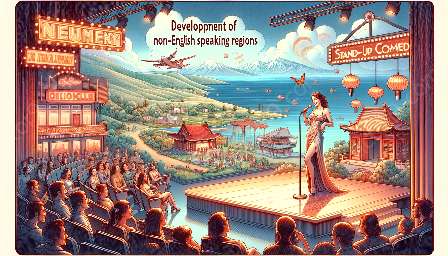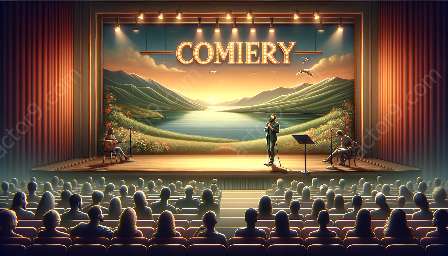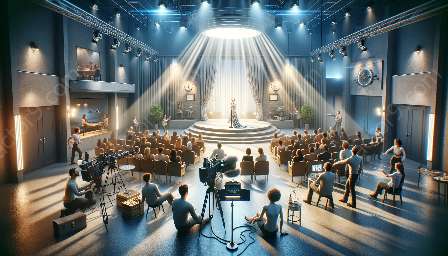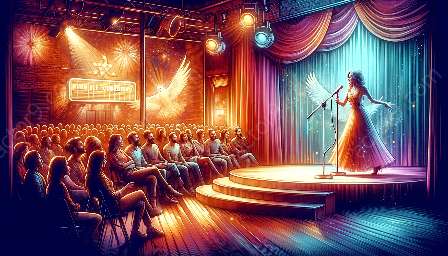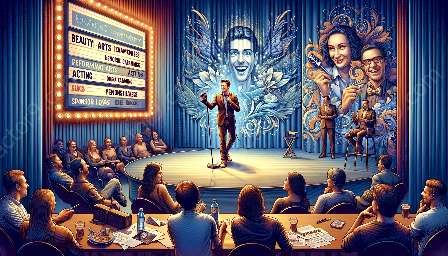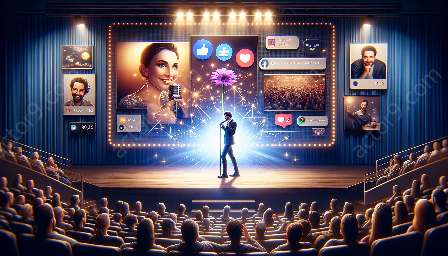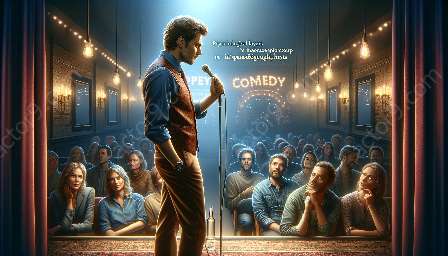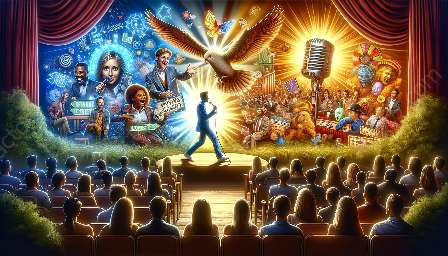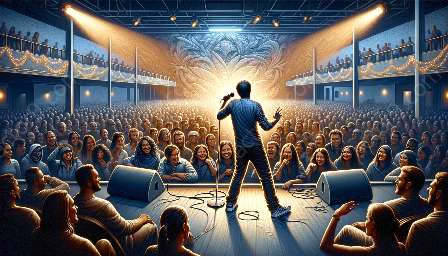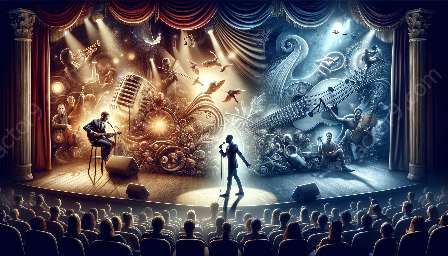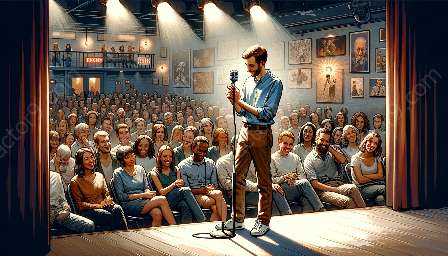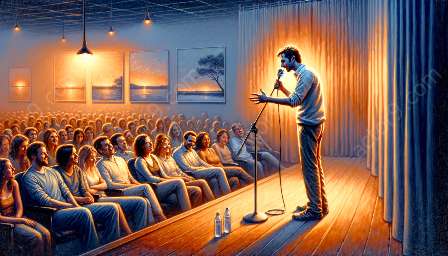Storytelling is a powerful medium that can evoke a wide range of emotions in an audience. The structure of a story plays a significant role in determining how the audience responds emotionally to the narrative. This is especially true in stand-up comedy, where the delivery and timing of the storytelling can greatly impact the audience's emotional state.
Understanding Different Storytelling Structures
Before delving into the emotional impact, it's essential to understand the different storytelling structures. Various storytelling structures, such as linear, non-linear, cyclical, flashback, and frame narratives, can all affect how the audience perceives and internalizes the narrative.
Impact of Storytelling Structures on Emotional Response
1. Linear Structure
A linear storytelling structure presents events in a chronological order. This structure often allows the audience to experience the emotions alongside the characters, resulting in a more immediate and immersive emotional response. In stand-up comedy, a linear structure can build anticipation and crescendo to a punchline, eliciting laughter and joy.
2. Non-linear Structure
Contrastingly, a non-linear structure can create a sense of intrigue and mystery. By revealing fragments of the story in a disjointed manner, the audience's emotional response may involve confusion, surprise, or curiosity. In stand-up comedy, non-linear storytelling can play with timing and unexpected punchlines, leading to varied emotional reactions.
3. Cyclical Structure
A cyclical structure involves recurring themes or events. This can evoke a sense of familiarity and nostalgia in the audience, prompting emotional connections to previous occurrences. In stand-up comedy, cyclical storytelling can create callbacks and references, establishing a feeling of unity and understanding among the audience.
4. Flashback Structure
Flashbacks disrupt the chronological order by revisiting past events. This can invoke empathy and understanding as the audience gains insights into the characters' motivations and experiences. In stand-up comedy, flashbacks can be used to provide context or reveal personal anecdotes, generating emotional closeness with the performer.
5. Frame Narrative Structure
In a frame narrative, the story is nested within another narrative. This structure can influence the audience's emotional response by providing a broader context or perspective. In stand-up comedy, a frame narrative can set the stage for the comedian's overarching message, guiding the audience's emotional journey.
The Intersection of Storytelling and Stand-Up ComedyStand-up comedy uniquely merges storytelling with comedic elements, creating a dynamic platform for emotional engagement. The comedian's delivery, comedic timing, and rapport with the audience all contribute to the emotional impact of the storytelling. Through humor, stand-up comedians can evoke laughter, surprise, empathy, and even introspection, leveraging storytelling structures to craft compelling and emotionally resonant performances.
ConclusionThe impact of different storytelling structures on the audience's emotional response cannot be understated, especially in the context of stand-up comedy. By recognizing the nuances of storytelling structures and their emotional implications, comedians can effectively connect with their audiences, eliciting genuine emotional reactions and creating memorable, impactful performances.


